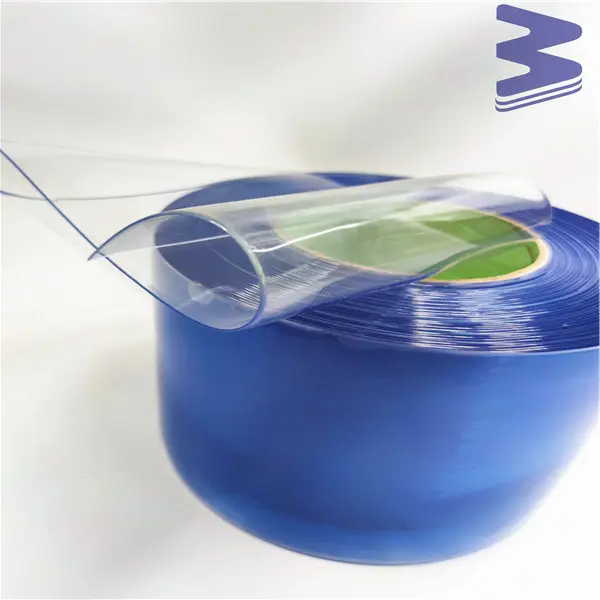- Afrikaans
- Albanian
- Amharic
- Arabic
- Armenian
- Azerbaijani
- Basque
- Belarusian
- Bengali
- Bosnian
- Bulgarian
- Catalan
- Cebuano
- Corsican
- Croatian
- Czech
- Danish
- Dutch
- English
- Esperanto
- Estonian
- Finnish
- French
- Frisian
- Galician
- Georgian
- German
- Greek
- Gujarati
- Haitian Creole
- hausa
- hawaiian
- Hebrew
- Hindi
- Miao
- Hungarian
- Icelandic
- igbo
- Indonesian
- irish
- Italian
- Japanese
- Javanese
- Kannada
- kazakh
- Khmer
- Rwandese
- Korean
- Kurdish
- Kyrgyz
- Lao
- Latin
- Latvian
- Lithuanian
- Luxembourgish
- Macedonian
- Malgashi
- Malay
- Malayalam
- Maltese
- Maori
- Marathi
- Mongolian
- Myanmar
- Nepali
- Norwegian
- Norwegian
- Occitan
- Pashto
- Persian
- Polish
- Portuguese
- Punjabi
- Romanian
- Russian
- Samoan
- Scottish Gaelic
- Serbian
- Sesotho
- Shona
- Sindhi
- Sinhala
- Slovak
- Slovenian
- Somali
- Spanish
- Sundanese
- Swahili
- Swedish
- Tagalog
- Tajik
- Tamil
- Tatar
- Telugu
- Thai
- Turkish
- Turkmen
- Ukrainian
- Urdu
- Uighur
- Uzbek
- Vietnamese
- Welsh
- Bantu
- Yiddish
- Yoruba
- Zulu
Versatile Plastic Films for Various Applications and Uses
Exploring the Versatility of Flexible Plastic Sheets
In today’s fast-paced world, the need for adaptable materials is evident across various industries. Among these materials, flexible plastic sheets stand out due to their versatility, durability, and ease of use. These sheets, made from a variety of plastic polymers, are utilized in an array of applications ranging from packaging and construction to art and design.
Composition and Types of Flexible Plastic Sheets
Flexible plastic sheets can be made from an array of polymers, including polyethylene, polypropylene, polyvinyl chloride (PVC), and polycarbonate. Each type offers unique properties suitable for different uses. For instance, polyethylene is lightweight and resistant to moisture, making it ideal for protective covers and packaging. In contrast, PVC is known for its rigidity and strength, which is useful in construction and signage.
The flexibility of these sheets does not compromise their durability; in fact, many flexible plastic sheets are resistant to weathering, chemical exposure, and ultraviolet (UV) light. This resilience means they can be utilized in both indoor and outdoor environments, making them a reliable choice for a multitude of projects.
Applications in Various Industries
One of the most significant applications of flexible plastic sheets is in the packaging industry. They provide a lightweight and cost-effective solution for wrapping, protecting, and storing goods. For example, food packaging often employs these sheets to ensure freshness while providing a barrier against moisture and contaminants. The transparency of certain plastic sheets allows consumers to view products without unwrapping them, enhancing user experience.
flexible plastic sheet

In the construction sector, flexible plastic sheets serve various roles, such as vapor barriers, insulation membranes, and protective coverings for exposed materials. Their waterproof nature helps prevent moisture intrusion, which can lead to mold growth and structural damage. Additionally, architects and builders often use clear polycarbonate sheets to allow natural light into buildings while providing thermal insulation.
Art and design also benefit significantly from flexible plastic sheets. Artists and designers utilize them for creating sculptures, installations, and various decorative elements. The sheets can be cut, shaped, and colored, which allows for a high degree of creativity and expression. Events and exhibitions often make use of flexible plastic sheets for signage, displays, and partitions to create engaging spaces.
Environmental Considerations
Despite their numerous advantages, the environmental impact of plastic is a growing concern. The production and disposal of flexible plastic sheets can contribute to pollution and waste. As a response, many manufacturers are now focusing on sustainability by developing biodegradable and recyclable plastic sheets. Innovations in bioplastics, made from renewable resources such as cornstarch or sugarcane, are beginning to find their way into the market. This shift not only addresses environmental concerns but also aligns with consumer demand for sustainable products.
Conclusion
Flexible plastic sheets are an integral part of modern life, with applications spanning across numerous industries. Their versatility, durability, and ability to be easily manipulated make them a preferred choice for many uses. While the environmental impact of traditional plastics poses challenges, ongoing advancements in materials science promise a more sustainable future. As industries continue to innovate and adapt, flexible plastic sheets will undoubtedly remain a crucial component of our everyday materials, blending functionality with creativity. Embracing these innovations will not only enhance commercial and industrial practices but also contribute to a more sustainable planet.
-
Transparent PVC-Folie – Flexible & Durable Clear Plastic Sheets for Versatile UseNewsJul.05,2025
-
High-Quality Cold Room Door Curtains Durable PVC Strip Curtains for Cold StorageNewsJul.05,2025
-
Shop Yellow Ticking Stripe Curtains – Classic Style, Durable Fabric, Multiple Colors AvailableNewsJul.05,2025
-
Plastic Curtain for AC – Energy Saving & Easy Installation Perfect for Room and Freezer UseNewsJul.04,2025
-
Industrial Strip Curtains - Durable PVC & Plastic Solutions for Industrial DoorsNewsJun.24,2025
-
PVC Curtain Strip – Durable Standard PVC Strips for DoorsNewsJun.10,2025



